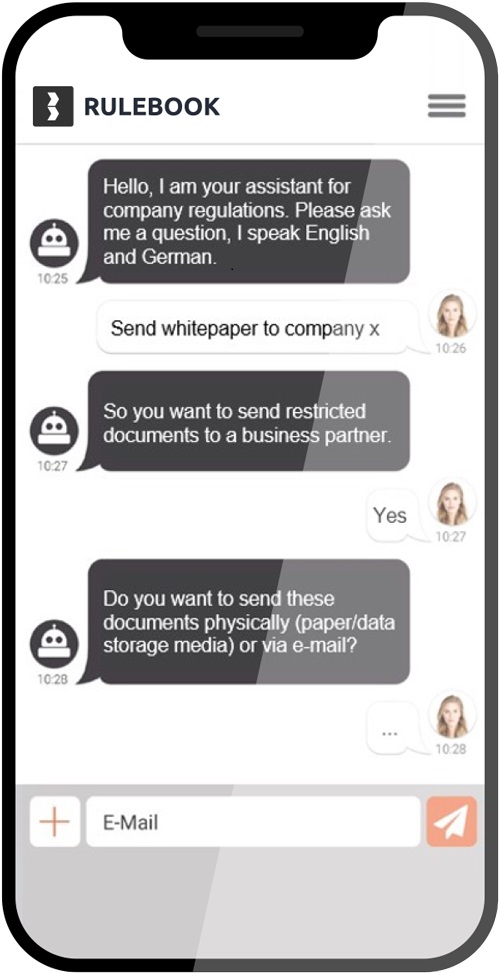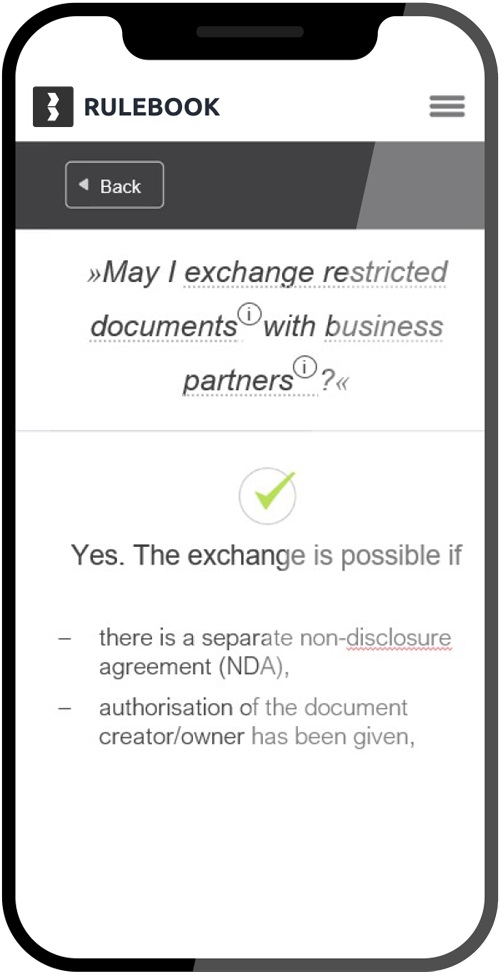Artificial Intelligence and Compliance Management
The application of artificial intelligence is increasingly bringing value to areas as diverse as compliance and governance.

Artificial Intelligence (AI) and the constant technological advancements in the field that makes it possible for AI to seamlessly integrate into everyday lives of people is a subject that garners much interest and debate.
Perhaps the impact of AI is felt more profoundly in some industries than the other; nevertheless, it is fair to say that the application of artificial intelligence in our daily lives is only set to only grow -although not without its fair share of criticism. The application of artificial intelligence has already transcended what was initially presumed possible, to the extent that its application is increasingly bringing value to areas as diverse as compliance and governance.
What is artificial intelligence?
Artificial intelligence is the ability of computers to perform those tasks that are generally associated with humans, for instance, solving problems and making decisions based on available information. Artificial intelligence uses computers and machines to mimic the capabilities of the human mind, thereby making it possible for machines to solve tasks, the way humans would.
A distinction must be made between strong and weak AI at this point. Weak AI, also known as narrow AI, focuses on performing a specific task. This could be playing chess or answering questions and encompasses everything from Google algorithm to self-driving cars to a virtual assistant. Strong AI on the other hand, can not only perform a number of functions, but can also eventually teach itself to solve new problems. Strong AI – also known as artificial general intelligence (AGI) or general AI, would have intelligence at par with humans and develop a self-aware consciousness.
AI in Compliance Management
There are many different forms of intelligence. Generally, human beings possess each of these – emotional, social and cognitive – whereas artificial intelligence is not capable of commanding emotional and social intelligence. A bot that works with AI can’t feel any emotions, but still has character traits that define it.
When implementing an AI-driven solution for compliance management such as the Rulebot, a number of key characteristics make it possible for the tool to guide the learner or user in carrying out a specific action.
Some characteristics include:
- The compliance chatbot is professional in its answers. At the same time, it is open to gaps in knowledge and reacts with humour to those.
- The compliance chatbot listens politely, analyses, and gives options for action. In each case, the final decision is left to the user.
- The bot offers the user proactively relevant topics. Additionally, the compliance chatbot knows when the user needs time and does not overwhelm them.
- The bot is neither an accomplice nor does it rebuke the user. That way, the user can ask anything without being judged.
In practice, such a dialogue unfolds as follows:
Step 1: Understand the context of the user
Step 2: Give authorized and reproducible recommendations for action

Step 1

Step 2
Using AI to drive compliance management
Even as efforts to develop and improve strong AI will continue, it may not be best suited for error-free mapping, especially in the area of compliance management. This point could be best demonstrated using the example of a conflict between the internal code of conduct of a company with that of the company’s whistleblower protection guideline.
According to the code of conduct, any information that comes from an employee is always followed up if there is a justified initial suspicion. The company’s whistleblower protection guideline, on the other hand, laid down the principle of legality, according to which all incoming information must be examined without exception. Depending on the interpretation, i.e. whether the code of conduct or the Directive is taken as a basis, artificial intelligence can come up with very different answers in this scenario.
Analyzing and resolving such contradictions can only be done manually through a structured, semantic analysis of the content. This is particularly important in compliance management, where the user shouldn’t come across an ambiguity of regulations. The quality of the input data – especially in the context of code of conduct – determines the quality and accuracy of the machine output, i.e., the recommendation to the user.
Interactive Rule Modeling
The Interactive Rule Modeling (IRM®) of Rulebook has a process that produces reproducible, audit-compliant and authorized question-answer combinations of rules and thus does not leave the interpretation of the rules to a technology. There is an objectivity to the search result, which is not influenced by behaviour control. This enables the user to make decisions independently, thereby entirely retaining their decision-making authority. In this case, technology is used efficiently to provide contextual user content, a model that has technology at the center of it.

Dieser Leitfaden erklärt übersichtlich, wie Sie erfolgreich eine Analyse der Compliance-Risiken in Ihrem Unternehmen durchführen





